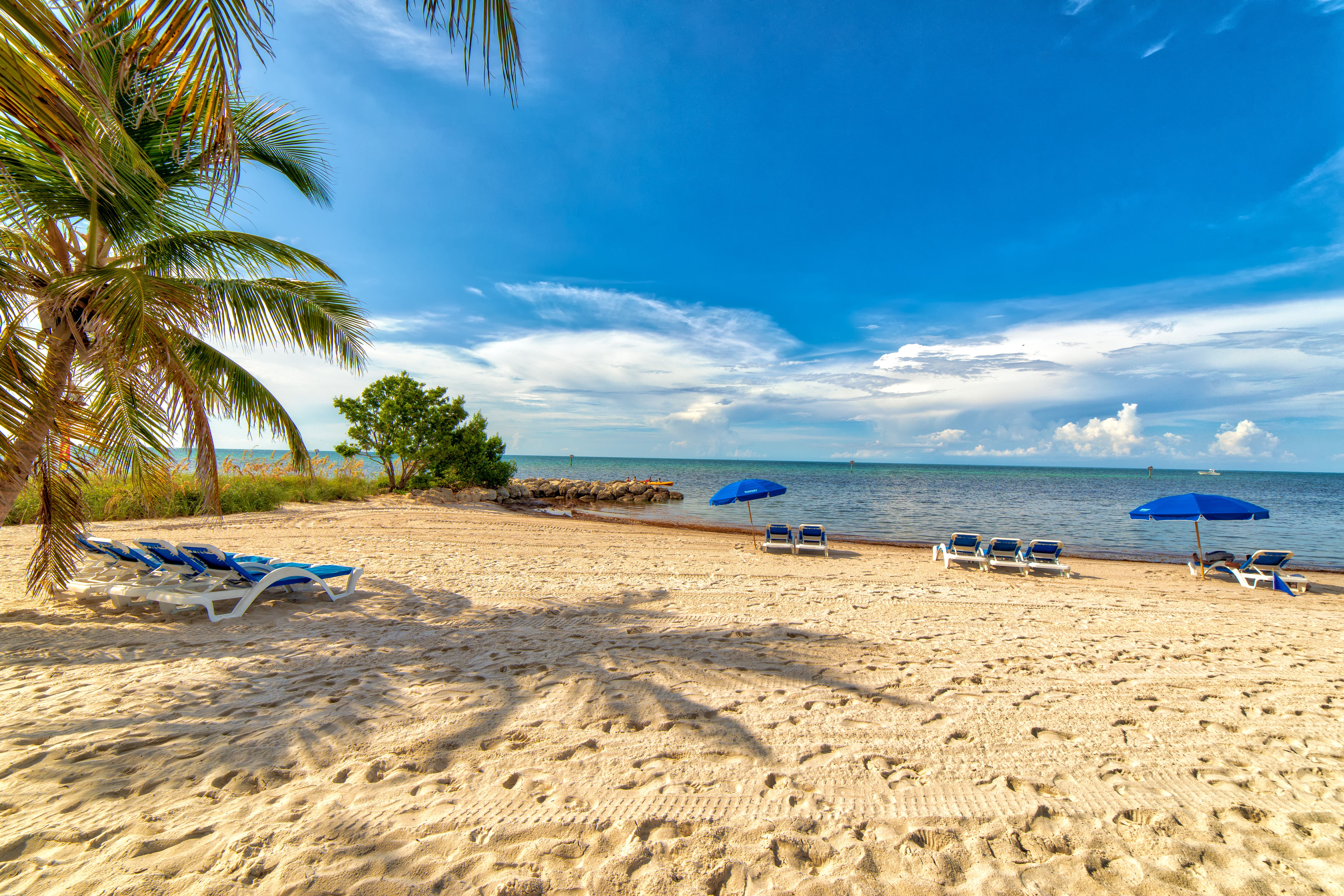10 Affordable Coastal Destinations for Ocean Animal Lovers
Embarking on an adventure to explore coastal animal sanctuaries offers an unparalleled opportunity to witness the enchanting beauty of wildlife in their natural habitats. For budget travelers, these sanctuaries provide a chance to engage with nature responsibly and affordably. Ethical sanctuaries are dedicated to the conservation and rehabilitation of wildlife, ensuring that animals are treated with respect and care. These sanctuaries are gateways to understanding the delicate balance of marine ecosystems and the urgent need for conservation efforts. As we journey through these destinations, each with its unique charm and mission, prepare to be inspired by the stories of resilience and the commitment to preserving our planet's biodiversity.
Understanding Ethical Tourism: A Responsible Travel Approach
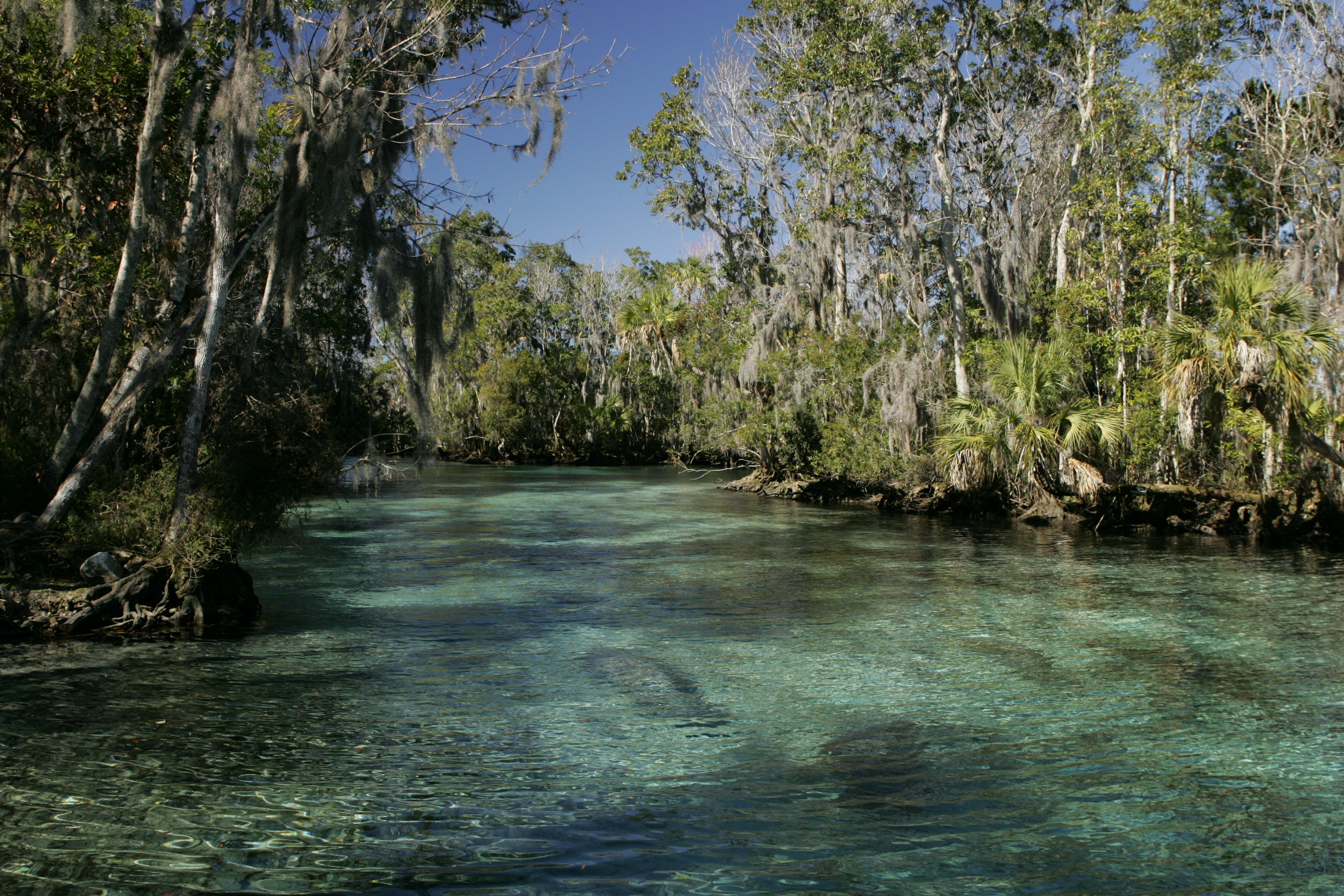
Ethical tourism emphasizes the importance of making travel choices that benefit the environment, local communities, and wildlife. This approach involves supporting destinations that prioritize sustainability and ethical practices over profit. In the context of coastal animal sanctuaries, ethical tourism ensures that visitors' interactions with wildlife are non-intrusive and educational. These sanctuaries serve as models for conservation, often collaborating with local communities to create eco-friendly initiatives. By choosing ethical sanctuaries, travelers contribute to the protection of endangered species and the preservation of their habitats. This section explores how ethical tourism not only enhances the travel experience but also fosters a sense of responsibility towards the natural world.
The Role of Sanctuaries in Conservation Efforts
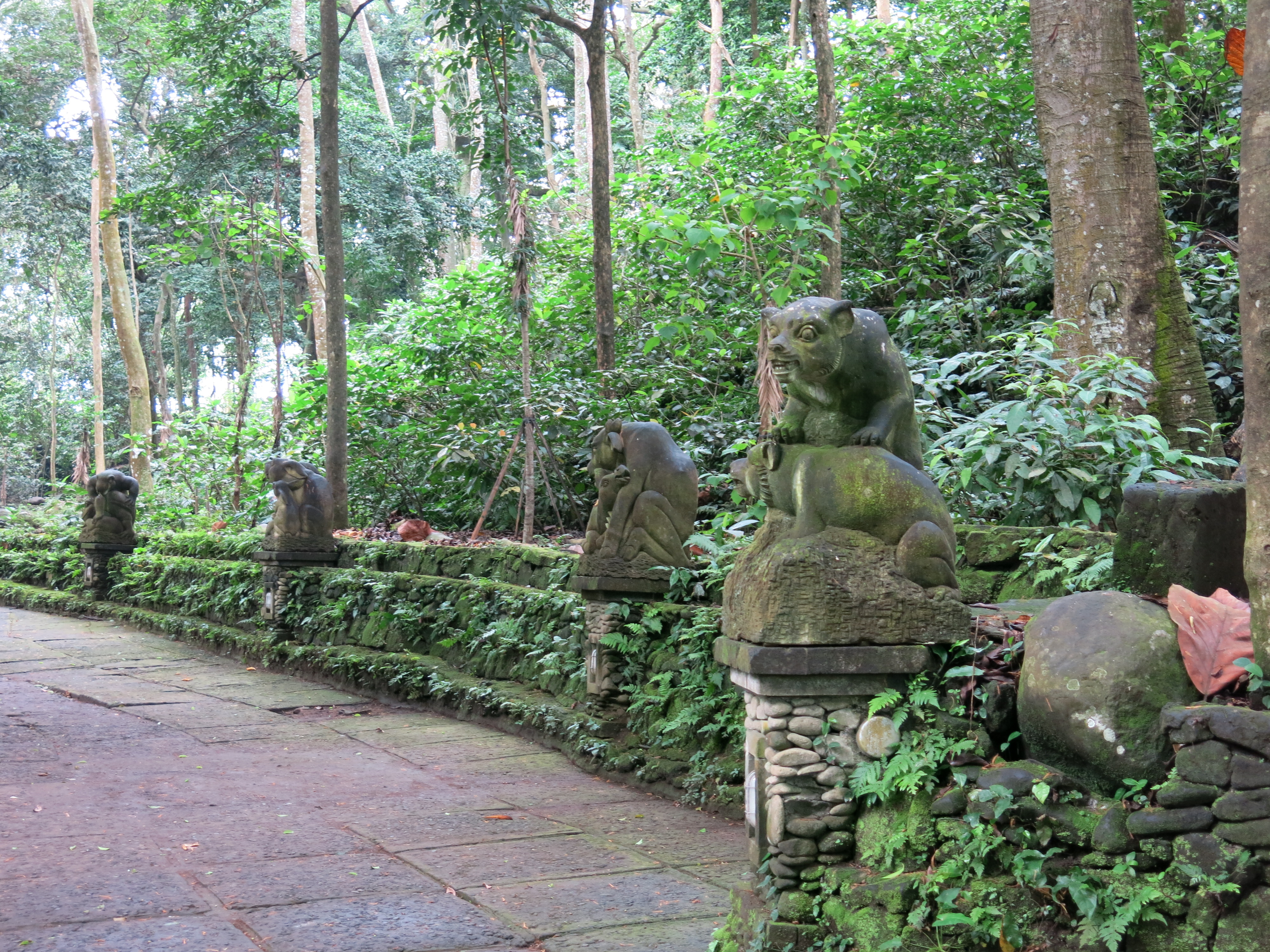
Coastal animal sanctuaries play a crucial role in global conservation efforts by providing safe havens for wildlife affected by habitat loss, pollution, and human activities. These sanctuaries often engage in research and rehabilitation programs aimed at restoring populations of endangered species. By offering refuge to injured or orphaned animals, sanctuaries help to stabilize ecosystems and promote biodiversity. This section highlights the significant impact of sanctuaries on conservation, showcasing successful programs that have led to the recovery of species such as sea turtles, seals, and various seabirds. Understanding the vital role of sanctuaries in conservation underscores the importance of supporting these initiatives through ethical tourism.
1. Sanctuary Spotlight: The Sea Turtle Conservation Center, Thailand
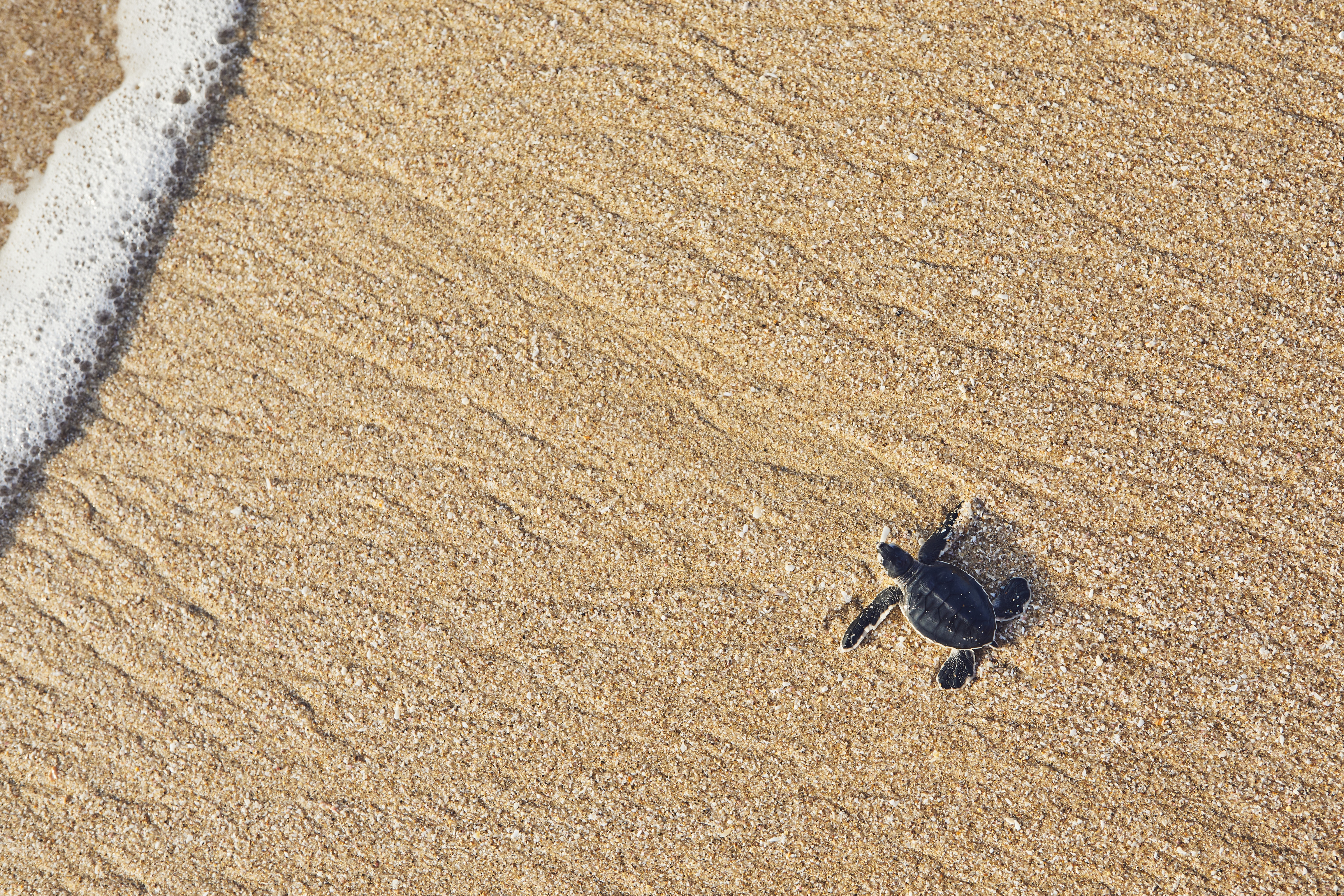
Located on the serene shores of Phang Nga, Thailand, the Sea Turtle Conservation Center is a beacon of hope for endangered sea turtles. This sanctuary focuses on the rehabilitation and release of injured turtles, as well as the protection of nesting sites. Visitors can participate in educational programs that raise awareness about the threats facing sea turtles, such as poaching and plastic pollution. The center's efforts have significantly increased the survival rates of hatchlings, contributing to the recovery of local turtle populations. This section delves into the center's conservation strategies and the unique experiences offered to visitors, highlighting the importance of community involvement in conservation.
2. Exploring Marine Life at the Monterey Bay Aquarium, USA
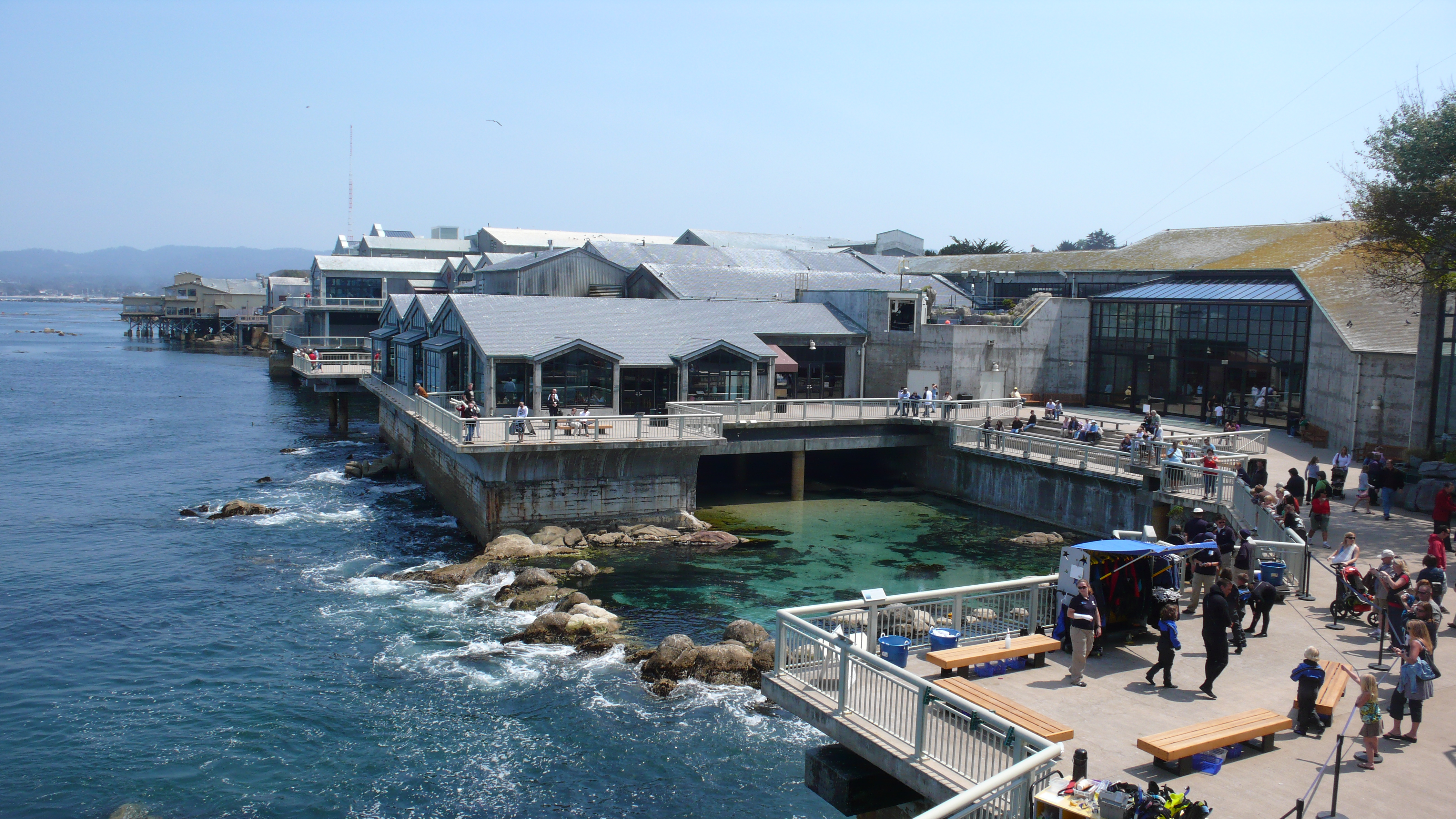
The Monterey Bay Aquarium in California is renowned for its dedication to marine conservation and education. Situated on the Pacific coast, the aquarium offers visitors an immersive experience with its diverse exhibits showcasing local marine life. The aquarium's research initiatives focus on the protection of endangered species such as the southern sea otter and the great white shark. Visitors can engage in interactive programs that promote sustainable seafood practices and ocean conservation. This section explores how the Monterey Bay Aquarium serves as a model for ethical tourism, providing visitors with a deeper understanding of marine ecosystems and the challenges they face.
3. The Penguin Sanctuary of Boulders Beach, South Africa
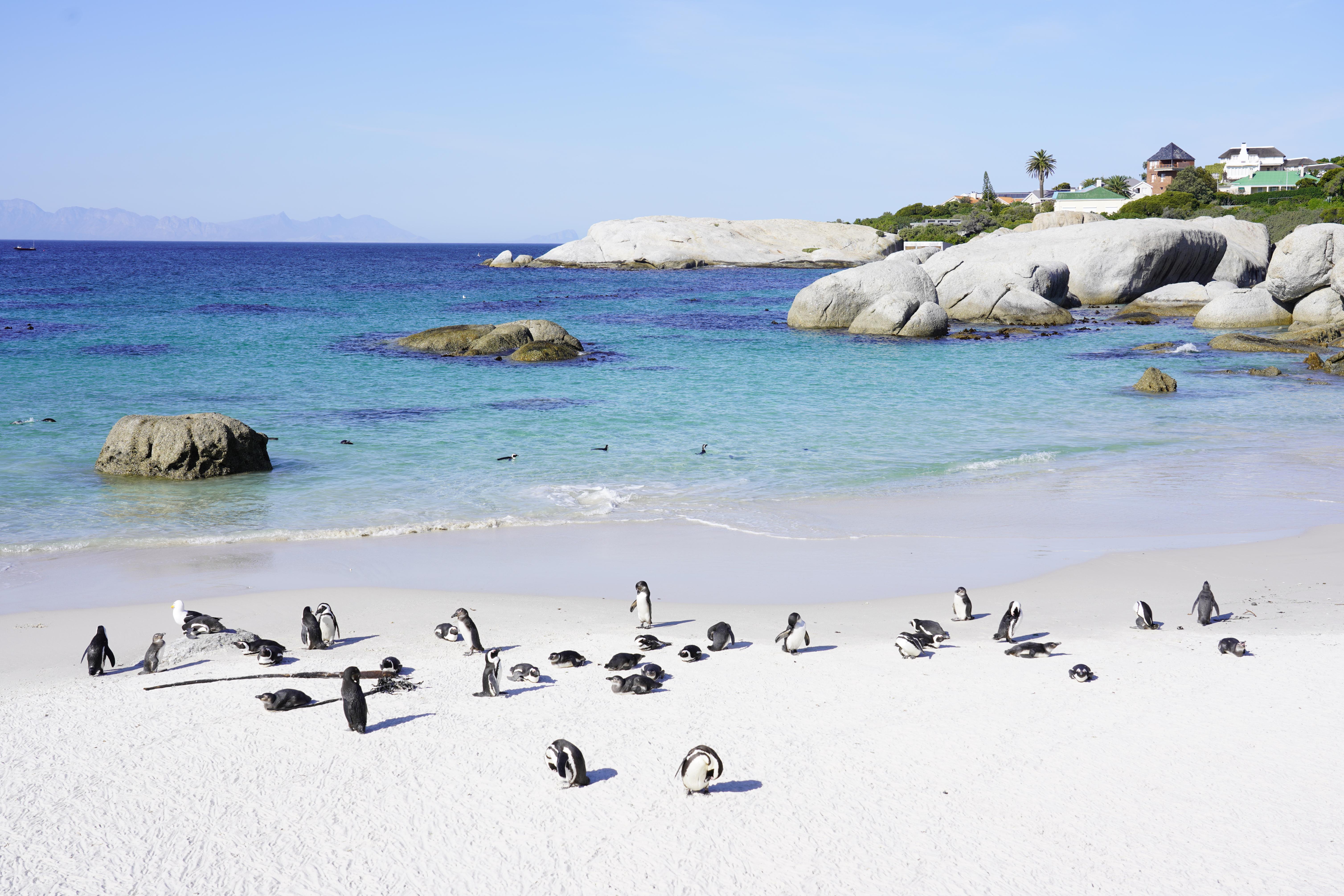
Boulders Beach, located near Cape Town, is home to a thriving colony of African penguins. This sanctuary provides a safe environment for these endangered birds, offering visitors a unique opportunity to observe them in their natural habitat. The sanctuary's conservation efforts focus on habitat restoration and the protection of breeding sites. Visitors can learn about the challenges facing African penguins, including climate change and overfishing, through educational tours and volunteer programs. This section highlights the sanctuary's success in increasing penguin populations and the role of eco-tourism in supporting conservation initiatives.
4. A Haven for Seals: The Cornish Seal Sanctuary, UK
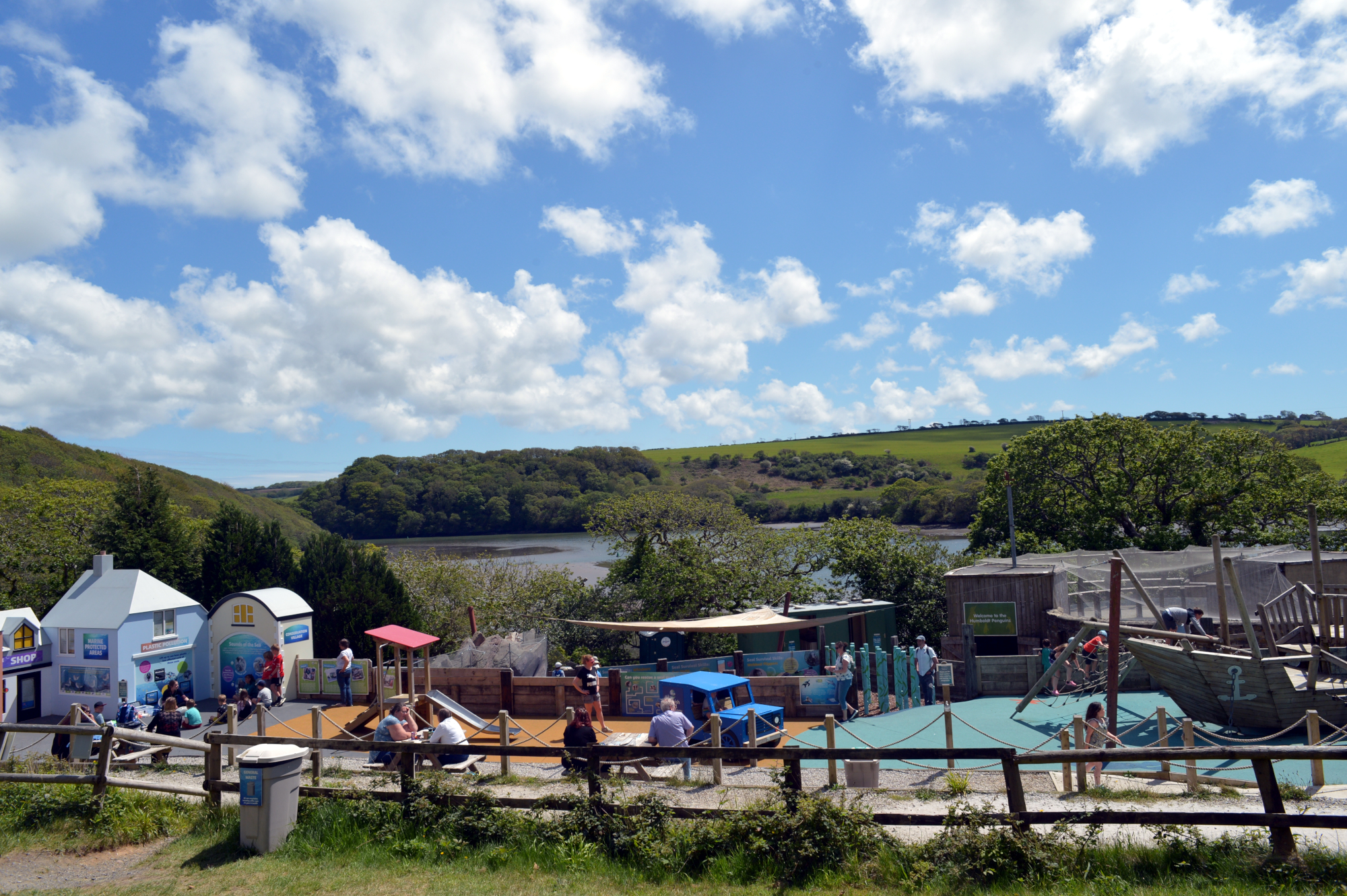
Nestled in the picturesque countryside of Cornwall, the Cornish Seal Sanctuary is dedicated to the rescue and rehabilitation of seals. The sanctuary provides a safe haven for injured and orphaned seals, with the goal of releasing them back into the wild. Visitors can observe the rehabilitation process and learn about the threats facing seal populations, such as entanglement in fishing gear and pollution. The sanctuary also engages in research and conservation programs aimed at protecting marine mammals. This section explores the sanctuary's commitment to ethical practices and the educational experiences offered to visitors, emphasizing the importance of supporting conservation efforts.
5. Discovering the Wonders of the Galapagos Islands, Ecuador
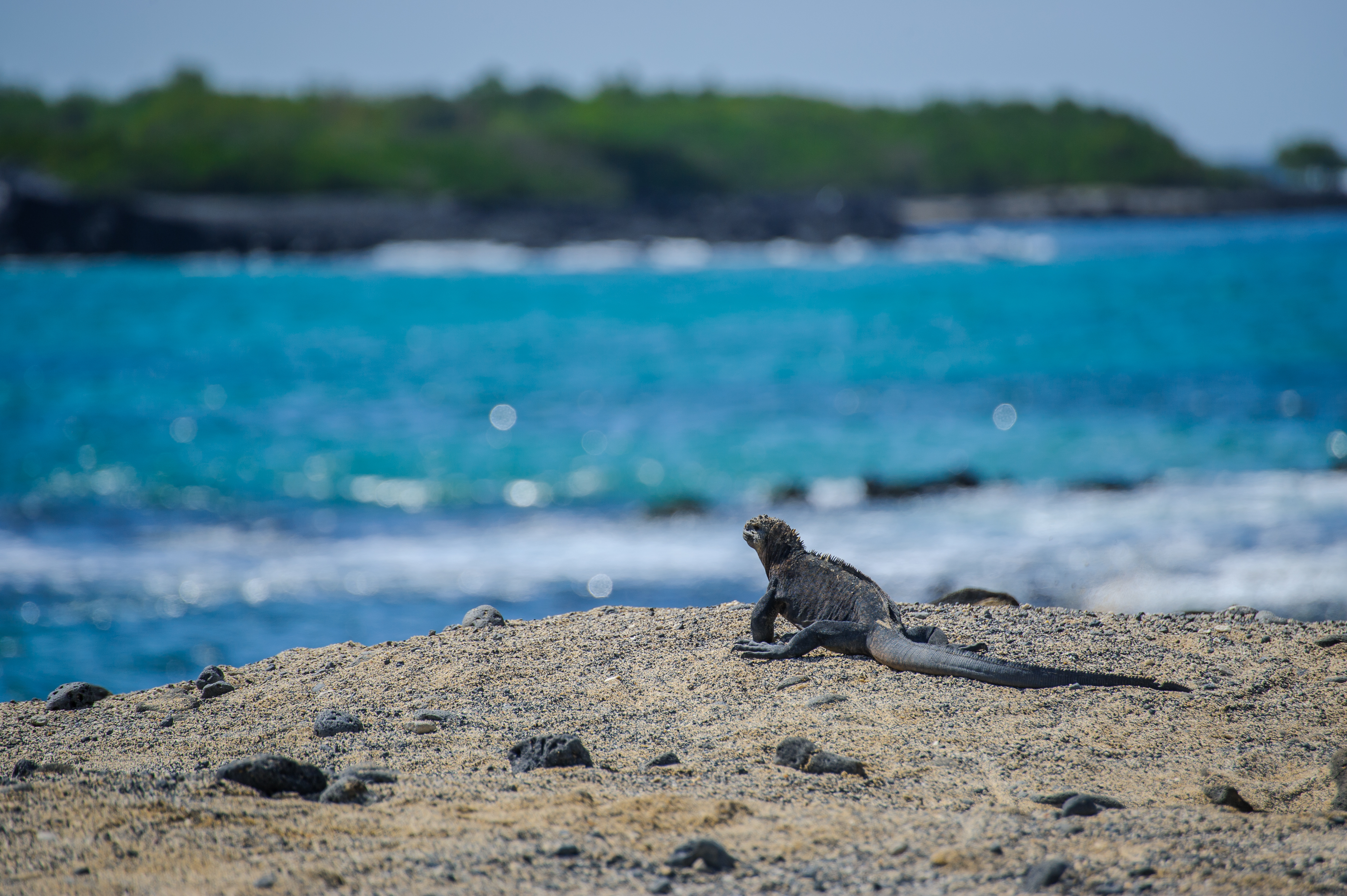
The Galapagos Islands are a UNESCO World Heritage site renowned for their unique biodiversity and pristine natural beauty. The islands' sanctuaries play a vital role in the conservation of endemic species, such as the Galapagos tortoise and marine iguana. Visitors can explore the islands through guided tours that emphasize responsible tourism and conservation. The sanctuaries' efforts focus on habitat restoration, invasive species control, and community education programs. This section highlights the importance of preserving the Galapagos Islands' ecosystems and the role of ethical tourism in supporting these initiatives.
6. The Dolphin Research Center, Florida Keys, USA
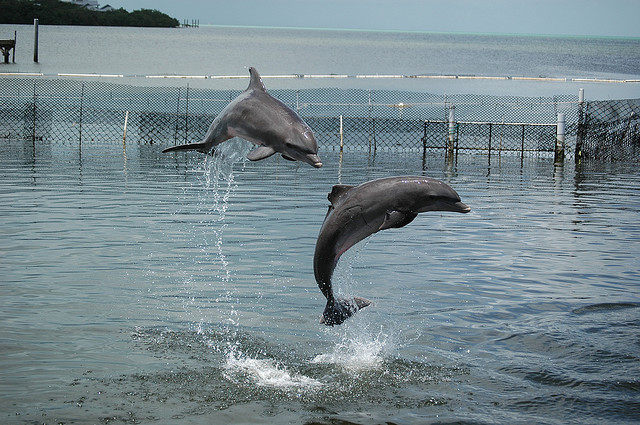
The Dolphin Research Center in the Florida Keys is a sanctuary dedicated to the study and conservation of dolphins. The center offers visitors an opportunity to learn about dolphin behavior and the challenges they face in the wild. Through interactive programs and educational workshops, visitors gain a deeper understanding of marine mammal conservation. The center's research initiatives focus on the protection of dolphin populations and their habitats. This section explores the sanctuary's commitment to ethical practices and the unique experiences offered to visitors, highlighting the importance of supporting marine conservation efforts.
7. The Rehabilitation of Manatees at Crystal River, USA
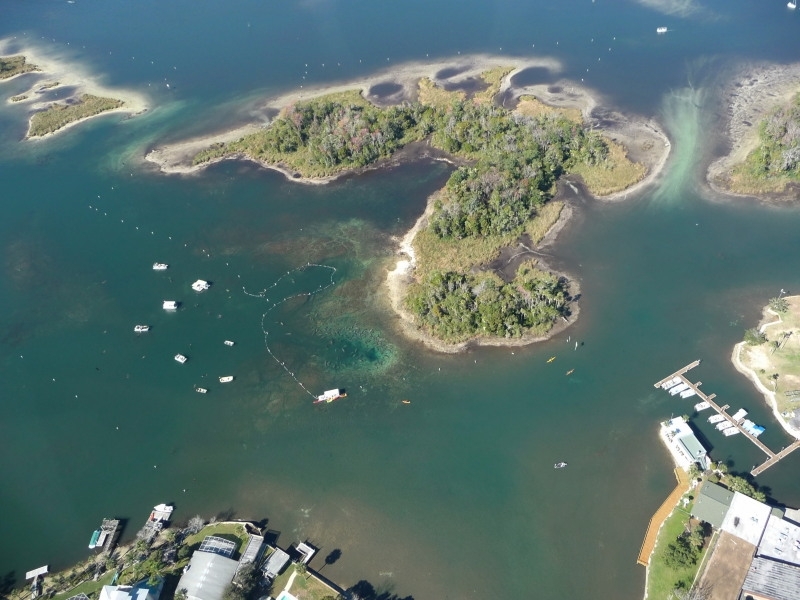
Crystal River in Florida is a sanctuary for the gentle manatee, offering a unique opportunity for visitors to observe these endangered creatures in their natural habitat. The sanctuary's conservation efforts focus on the protection of manatee habitats and the rehabilitation of injured individuals. Visitors can participate in guided tours that emphasize the importance of responsible wildlife viewing and conservation. This section highlights the sanctuary's success in increasing manatee populations and the role of ethical tourism in supporting conservation initiatives.
8. The Sacred Monkey Forest Sanctuary, Bali, Indonesia

The Sacred Monkey Forest Sanctuary in Ubud, Bali, is home to a thriving population of long-tailed macaques. This sanctuary provides a safe environment for these monkeys, offering visitors a chance to observe them in their natural habitat. The sanctuary's conservation efforts focus on habitat preservation and community education programs. Visitors can learn about the challenges facing macaques, such as habitat loss and human-wildlife conflict, through guided tours and volunteer programs. This section highlights the sanctuary's commitment to ethical practices and the educational experiences offered to visitors, emphasizing the importance of supporting conservation efforts.
9. Phillip Island Nature Parks, Australia
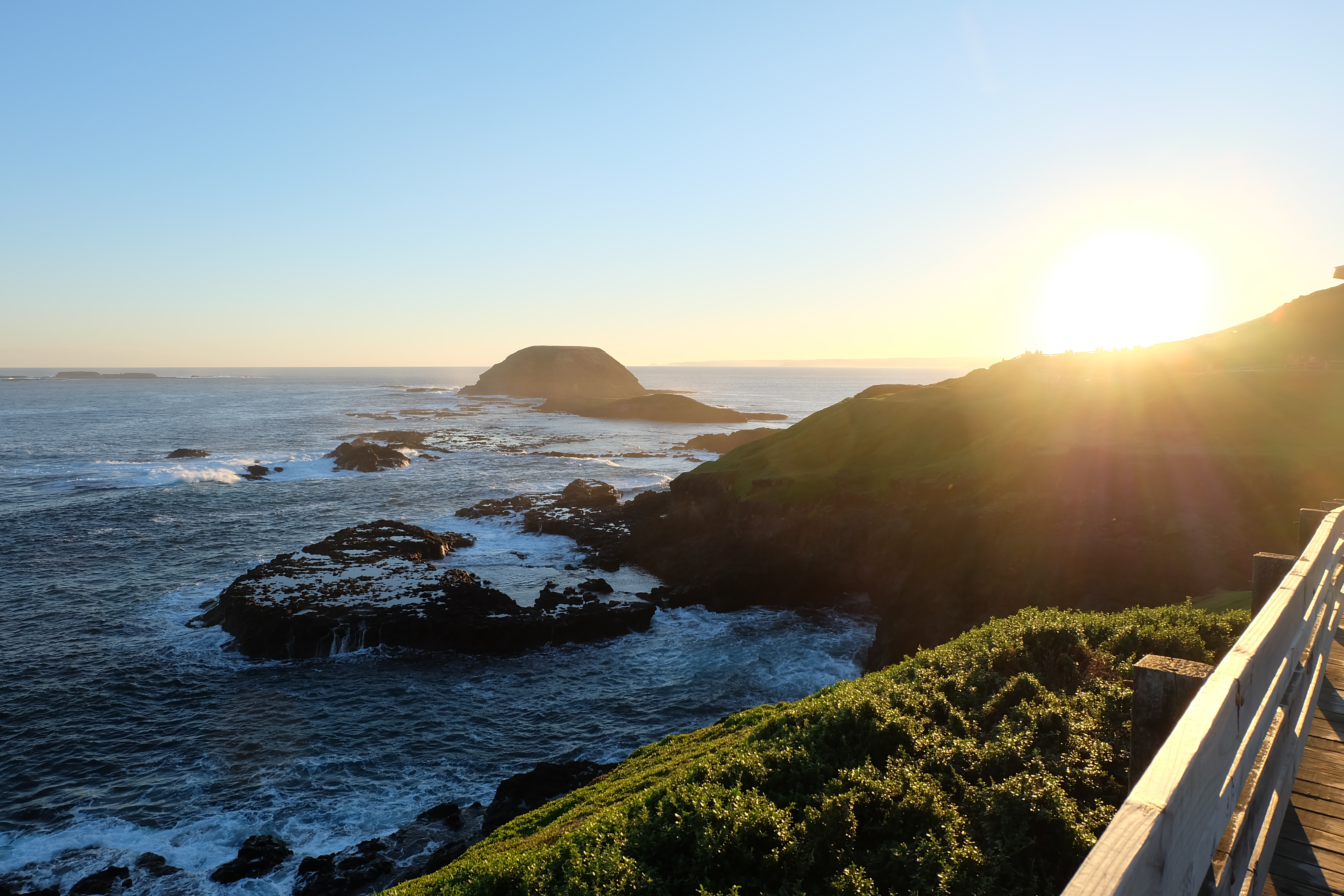
Located in Victoria, Australia, Phillip Island Nature Parks is a haven for coastal wildlife, offering visitors a chance to witness the famous Penguin Parade, where little penguins return to shore after a day of fishing. The sanctuary focuses on protecting penguin habitats, restoring native vegetation, and conducting vital research on marine ecosystems. Visitors can also explore the Koala Conservation Reserve and Churchill Island Heritage Farm, which are part of the park's broader conservation efforts. Through eco-friendly tours and educational programs, the sanctuary emphasizes the importance of sustainable tourism. This section explores how Phillip Island Nature Parks successfully balances wildlife protection with visitor engagement, creating a model for ethical coastal conservation.
10. Kaikōura Seal Sanctuary, New Zealand
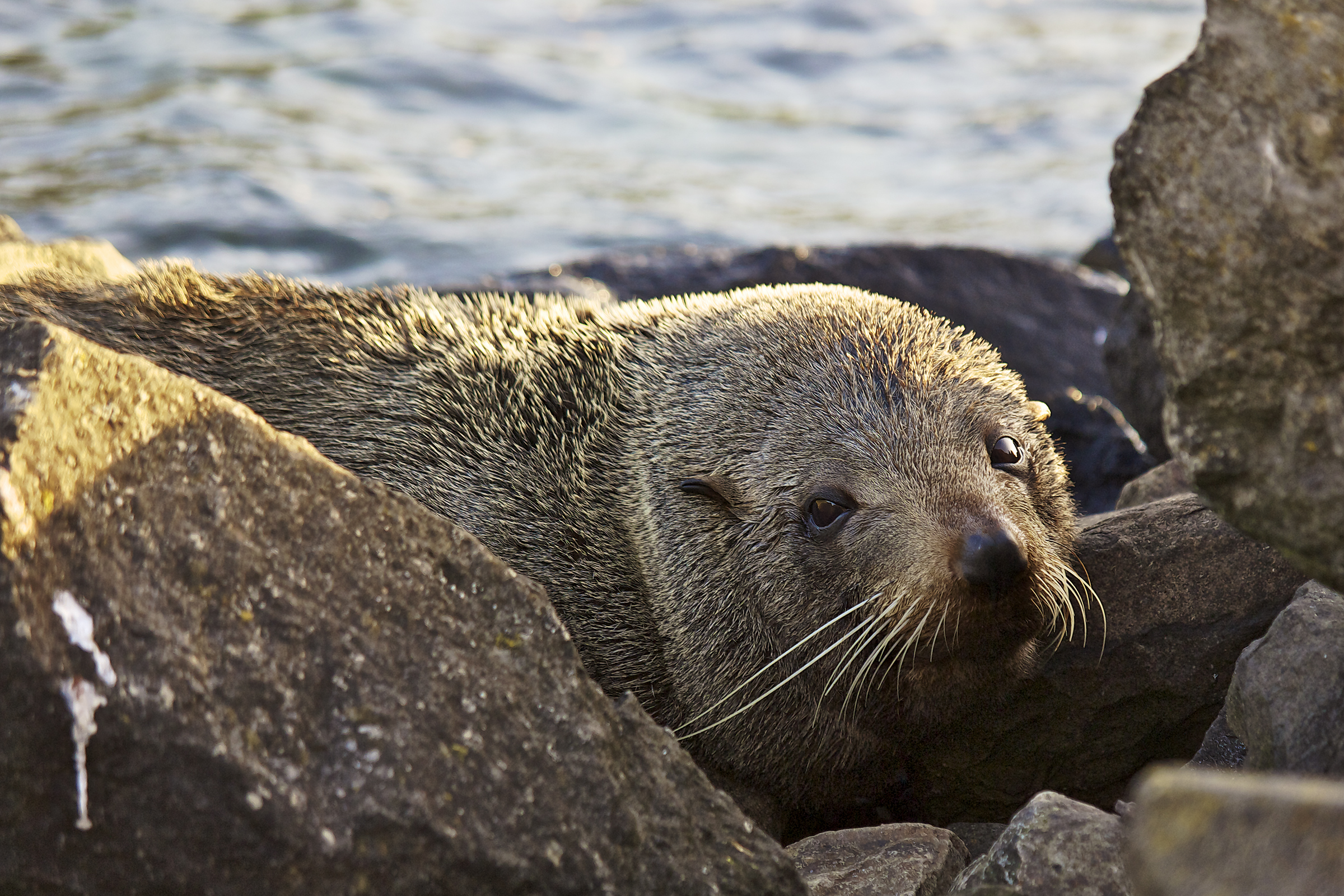
Nestled along the rugged coastline of New Zealand's South Island, the Kaikōura Seal Sanctuary offers a unique opportunity to observe fur seals in their natural habitat. Known for its thriving seal population, the sanctuary focuses on protecting these marine mammals while promoting sustainable tourism. Visitors can embark on guided tours to learn about seal behavior, the challenges posed by climate change, and the sanctuary's efforts to restore coastal ecosystems. The sanctuary also collaborates with local communities to reduce marine pollution and enhance habitat resilience. This section highlights the sanctuary's commitment to ethical practices and its role in fostering a deeper appreciation for marine conservation among visitors.
The Impact of Ethical Coastal Sanctuaries on Global Conservation
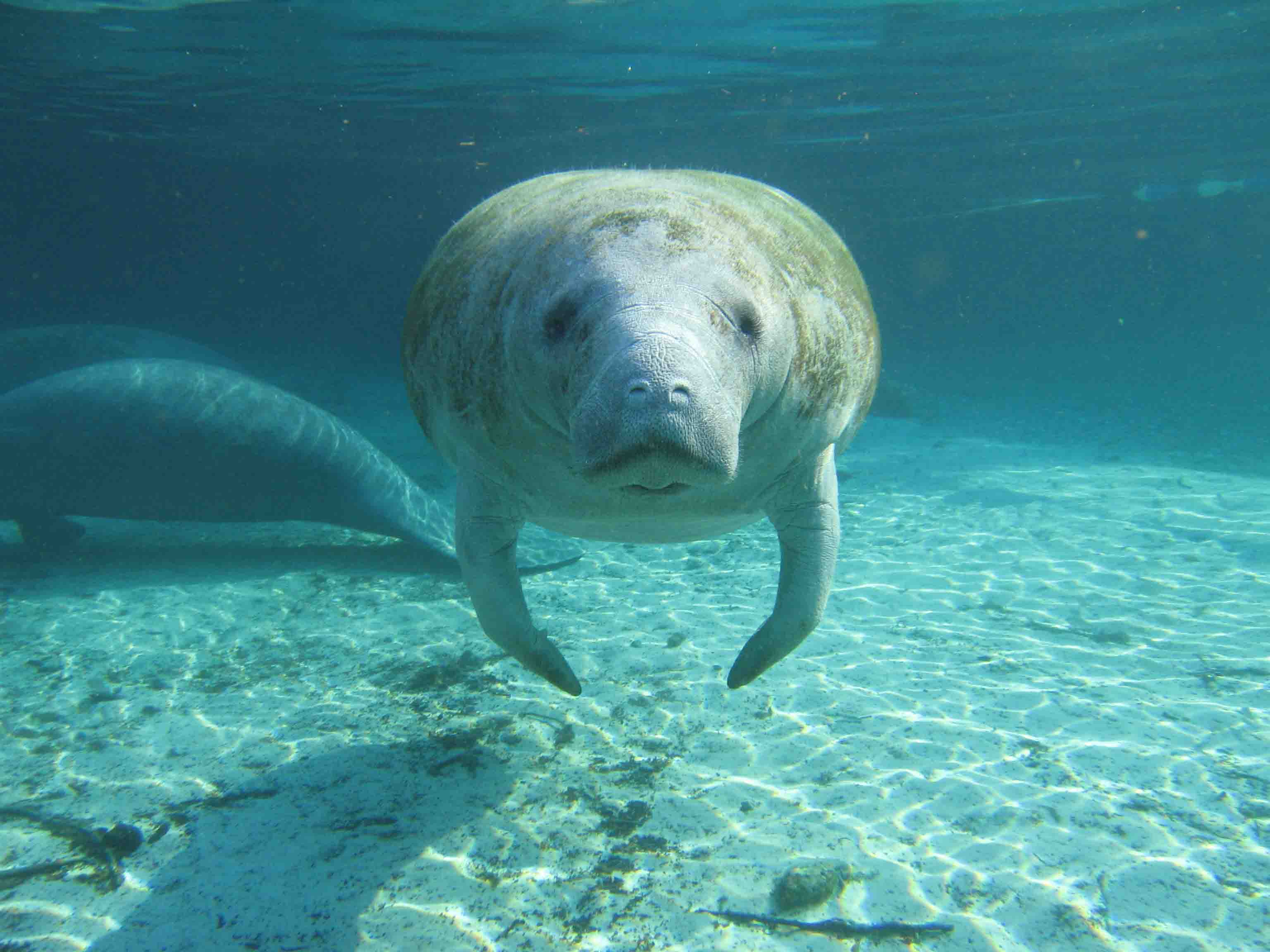
The exploration of these 10 coastal animal sanctuaries underscores the vital role they play in global conservation efforts. By choosing to support ethical sanctuaries, travelers contribute to the protection of endangered species and the preservation of their habitats. These sanctuaries offer more than just a glimpse into the wonders of nature; they provide a platform for education and advocacy, inspiring visitors to become stewards of the environment. As we conclude this journey, it is clear that ethical tourism and conservation go hand in hand, offering a path towards a more sustainable and harmonious relationship with the natural world.







